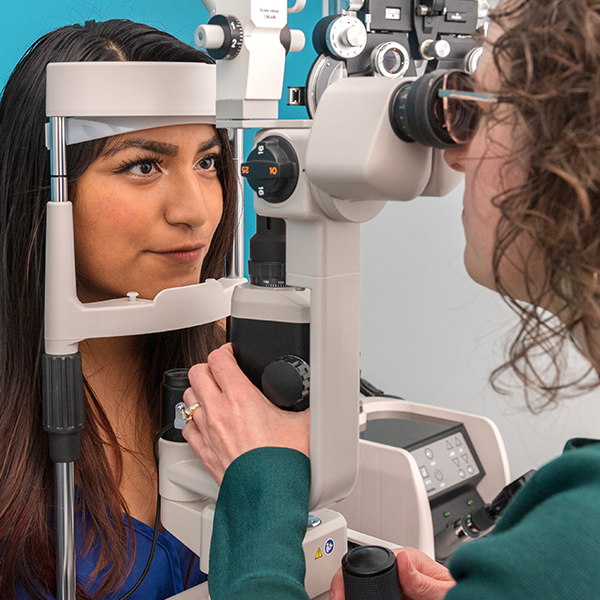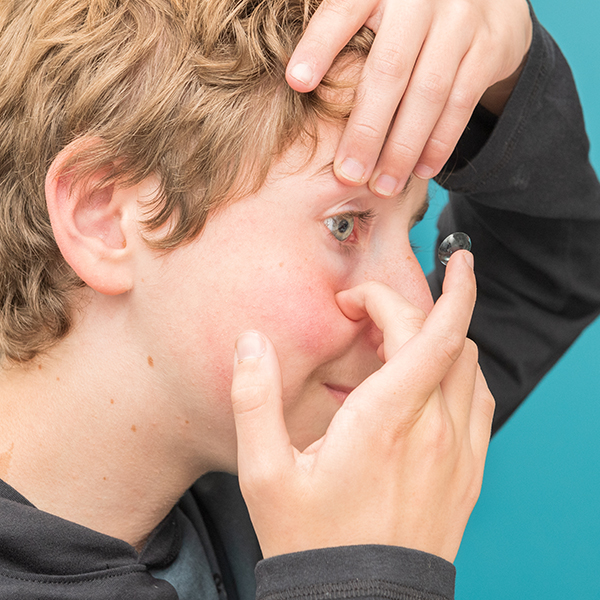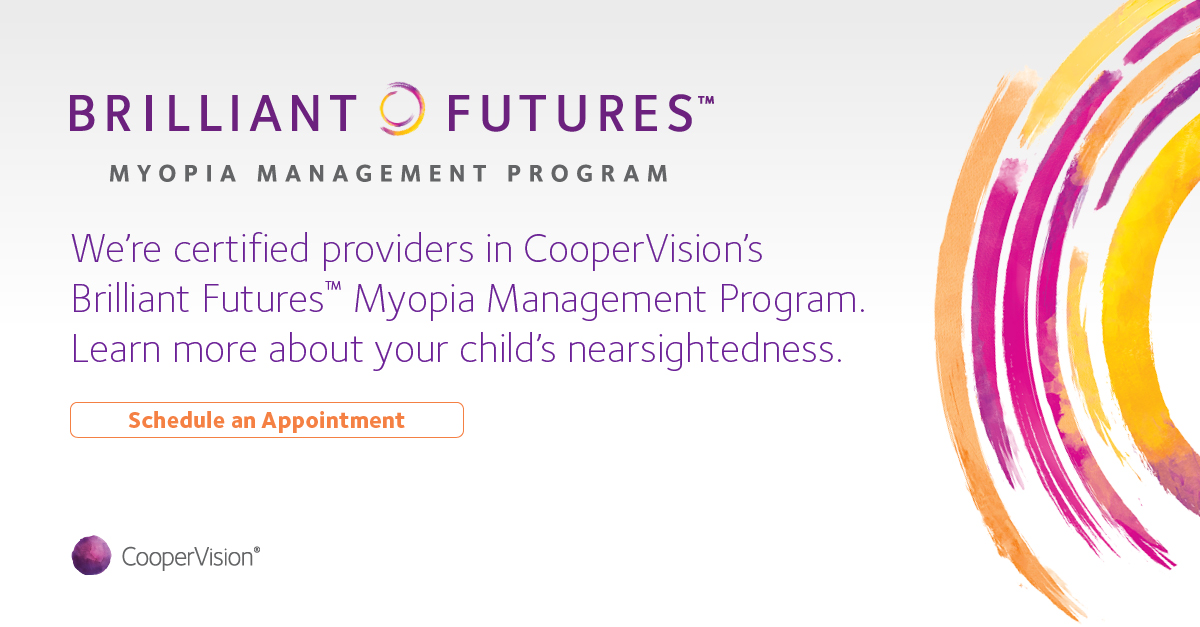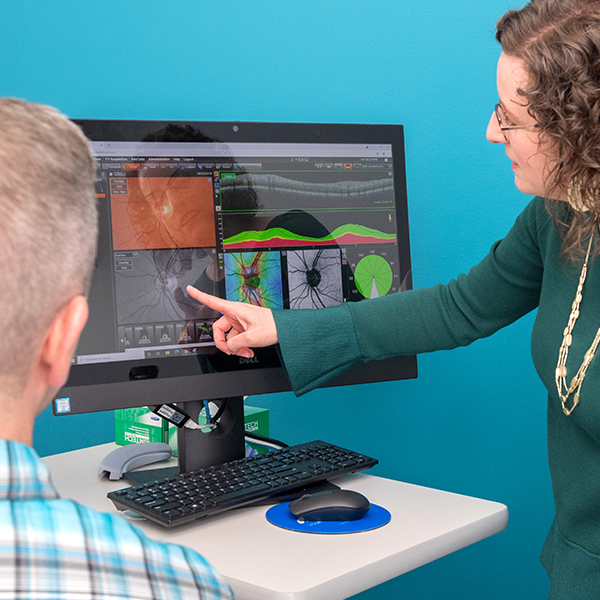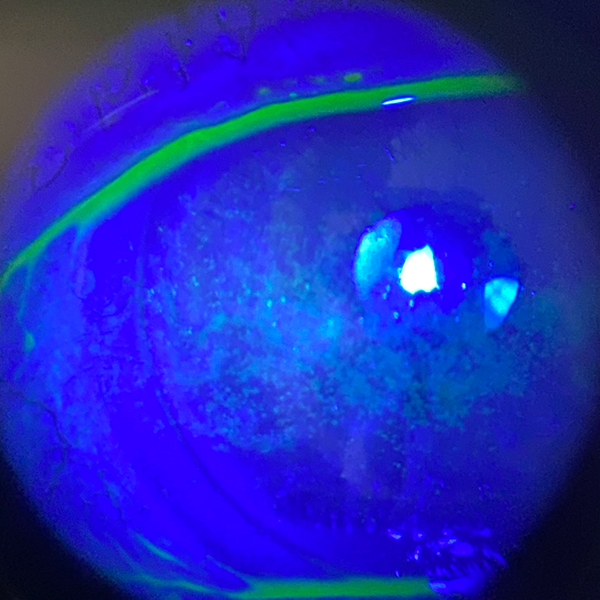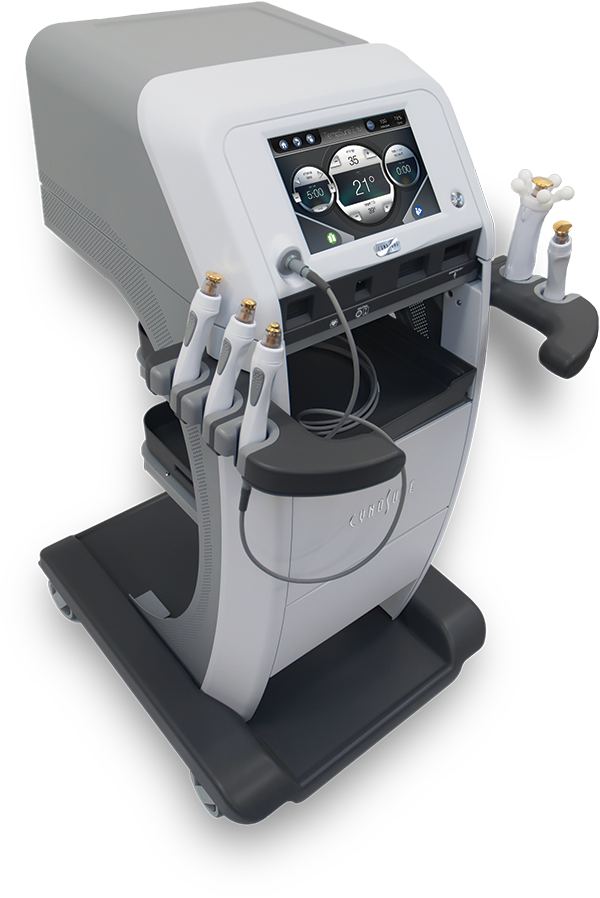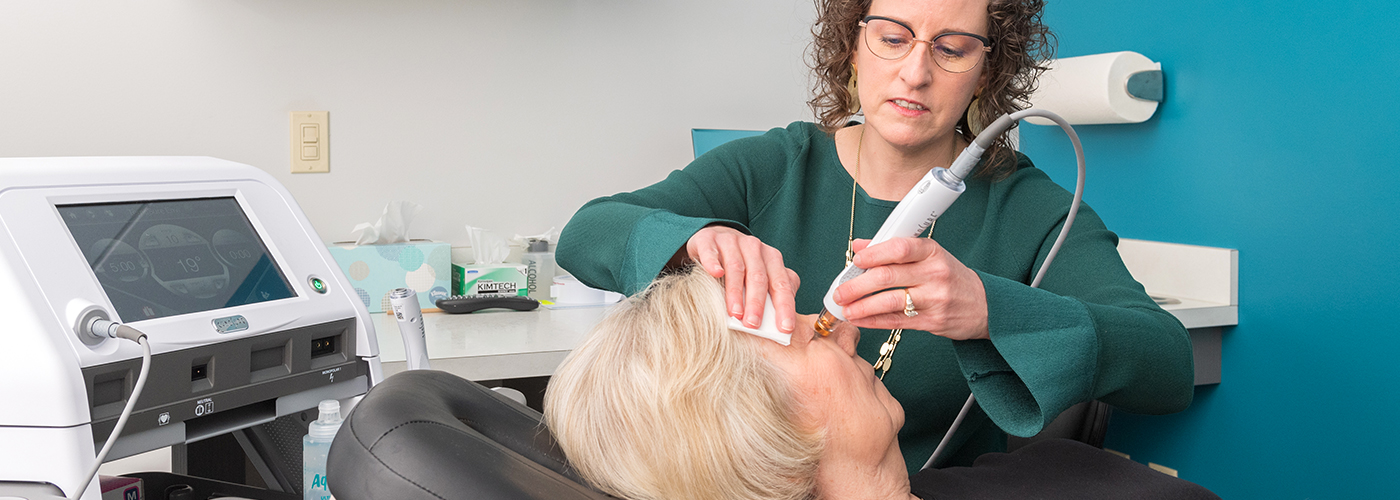What are the symptoms?
The most common symptoms of Ocular Surface Disease include:
OSD is chronic and progressive, the longer you wait to treat it, the worse it gets. Just like high blood pressure, there is no cure, just ongoing treatment to keep it from progressing. With proper treatment, however, we’ve seen great improvement in symptoms. Treatment should become a daily routine. If you stop, the condition will simply come back.
What are the risk factors?
Ocular Surface Disease can develop for many reasons. Some risk factors include:
How does the TempSure™ treatment work?
TempSure™ treats Meibomian Gland Dysfunction (MGD) by working on the oil-producing glands. The glands reside along the upper and lower eyelids and become blocked over time. This allows the water layer of the tear film to evaporate, leaving the eyes to feel dry, irritated, and burning — especially upon waking. Over time these plugged glands can lead to atrophy (death of the glands), lid laxity and ocular surface disease, and dryness. As this condition worsens it can impact the ability to see clearly.
This non-invasive treatment delivers radiofrequency energy that creates heat. As your skin’s temperature increases, the treatment allows the thickened oil to liquefy, which rejuvenates the glands and prevents the tears from evaporating. As an added benefit, it also helps with dermatochalasis (droopy eyelids) to create a smoother, healthier-looking appearance!
Does the TempSure™ treatment hurt or is there any downtime?
During treatment, you’ll experience a gentle pain-free warming sensation around the eyes. Many of our patients say it feels like a hot stone massage.
After the treatment, there is usually only a slight redness of the treated area. This redness will generally disappear soon after. You’ll be able to return to your daily activities immediately following treatment.

